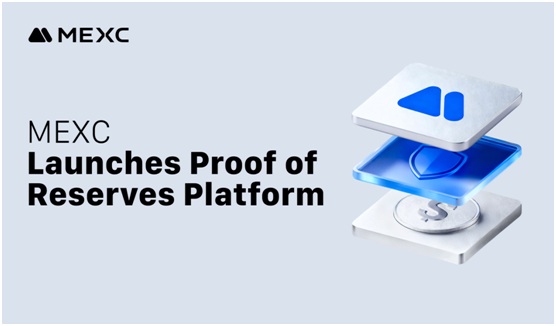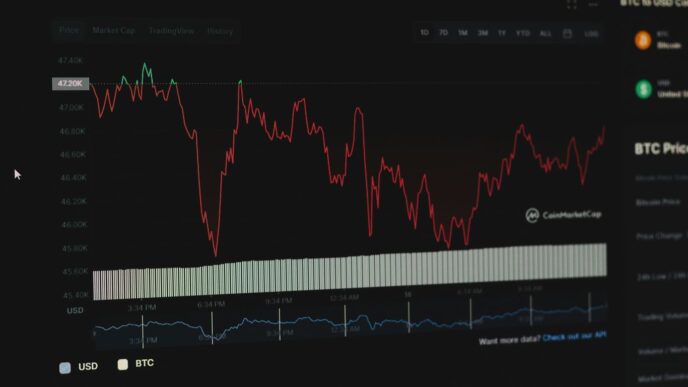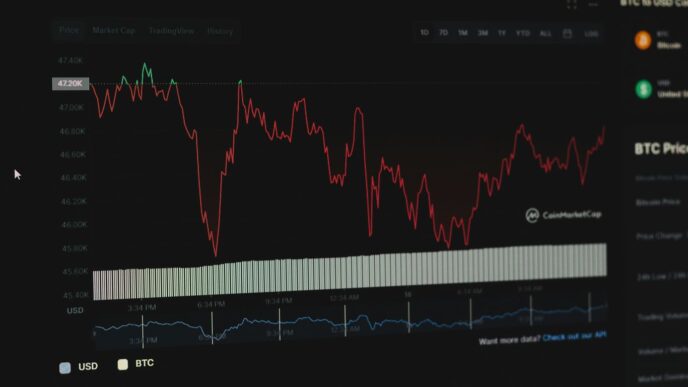As financial institutions increasingly adopt artificial intelligence to guide lending decisions, new research suggests the technology may play a key role in improving access to credit, especially in rural and remote areas.
A recent study conducted by the University of Missouri found that banks using AI tools are more effective at identifying creditworthy borrowers than those relying solely on traditional methods. This improvement is particularly significant in regions where access to financial services is limited and borrowers may lack a conventional credit history.
Traditional credit scoring systems primarily evaluate consumers based on data like FICO scores, loan repayment history, and credit card usage. While these metrics work well for many borrowers, they often fail to capture the financial reliability of individuals who do not use credit cards or have never taken out a loan. This can disadvantage millions of people, including those in rural communities, who may handle their finances responsibly but are still classified as “credit invisible.”
AI-powered systems help address this gap by analyzing a wider range of data points. In addition to conventional financial information, these tools can evaluate patterns in income, rent payments, utility bills, savings behavior, and other everyday financial activities. This broader approach provides a more complete picture of a person’s financial stability and helps institutions better assess the risk or reliability of a potential borrower.
In rural areas, where income may be seasonal or irregular and where people are more likely to work in agriculture, trades, or gig-based roles, this expanded analysis can be particularly valuable. Traditional lending models might flag fluctuating income as risky, but AI systems are better equipped to recognize stable patterns within non-linear financial behavior.
Technology leaders are increasingly pointing to the potential of AI to close long-standing gaps in credit access. Brian Sathianathan, Co-Founder and CTO of Iterate.ai, has highlighted how AI can help financial institutions consider a wider range of financial behaviors, moving beyond limited credit scores to better reflect a borrower’s real-life reliability. His work emphasizes the role of AI in promoting inclusion and fairness within financial systems, especially when applied with accountability and transparency.
However, as the use of AI expands in the banking sector, industry experts emphasize the need for thoughtful oversight. While the technology can support more equitable lending outcomes, it must be implemented responsibly and with a clear understanding of its limitations.
There are concerns that if AI systems are trained on biased or incomplete historical data, they could unintentionally reinforce the very inequities they aim to address. To counter this risk, developers and financial institutions are encouraged to conduct regular audits of their algorithms, monitor for unintended consequences, and ensure that the decision-making process is explainable to both regulators and consumers.
In addition to its benefits for underserved borrowers, the adoption of AI in lending presents opportunities for financial institutions to reduce default rates and expand their customer base. More accurate risk assessments can help lenders identify strong candidates for loans, even if those individuals fall outside traditional credit parameters.
For professionals entering the technology and finance industries, understanding how AI systems function and how to apply them responsibly is becoming increasingly important. As financial technology continues to evolve, there is growing demand for people who can not only build advanced systems but also ensure they are used to support fairness, transparency, and access.
Experts in the field suggest that designing AI tools with these values in mind will be crucial for the long-term success of digital lending solutions. The goal is not only to make faster or more efficient decisions but also to extend financial opportunities to those who have historically been left out of the system.
The University of Missouri study provides evidence that AI, when applied thoughtfully, can help financial institutions move toward this goal. By expanding the definition of what it means to be creditworthy and leveraging data that better reflects how people actually manage money, banks may be able to close long-standing gaps in financial access.
As AI becomes more embedded in banking infrastructure, the conversation is shifting from whether the technology should be used to how it should be used. With proper safeguards, transparent practices, and a focus on fairness, AI has the potential to not only modernize lending but also help redefine what equitable access to credit looks like in the 21st century.














